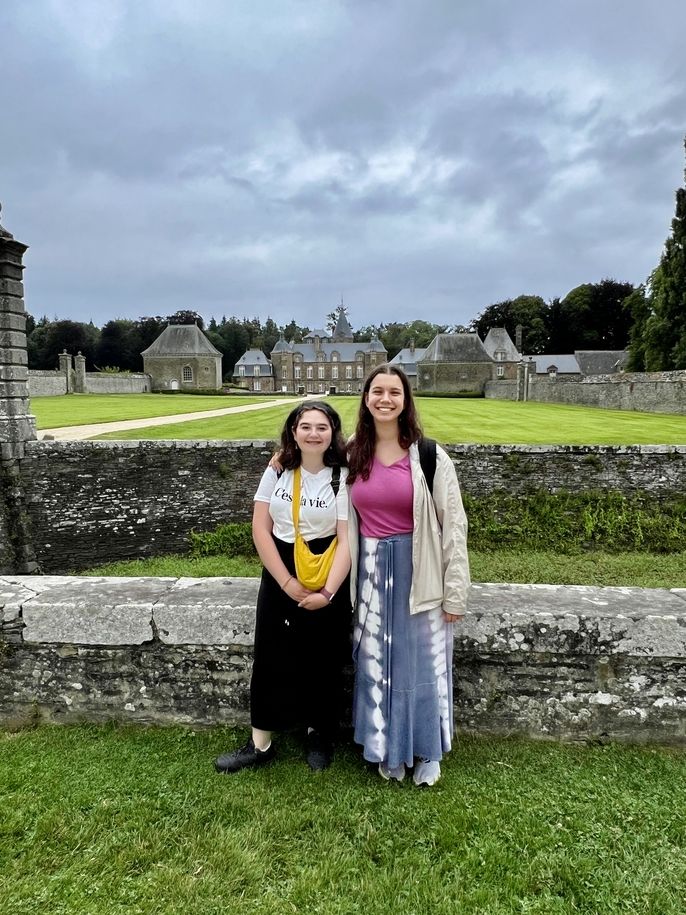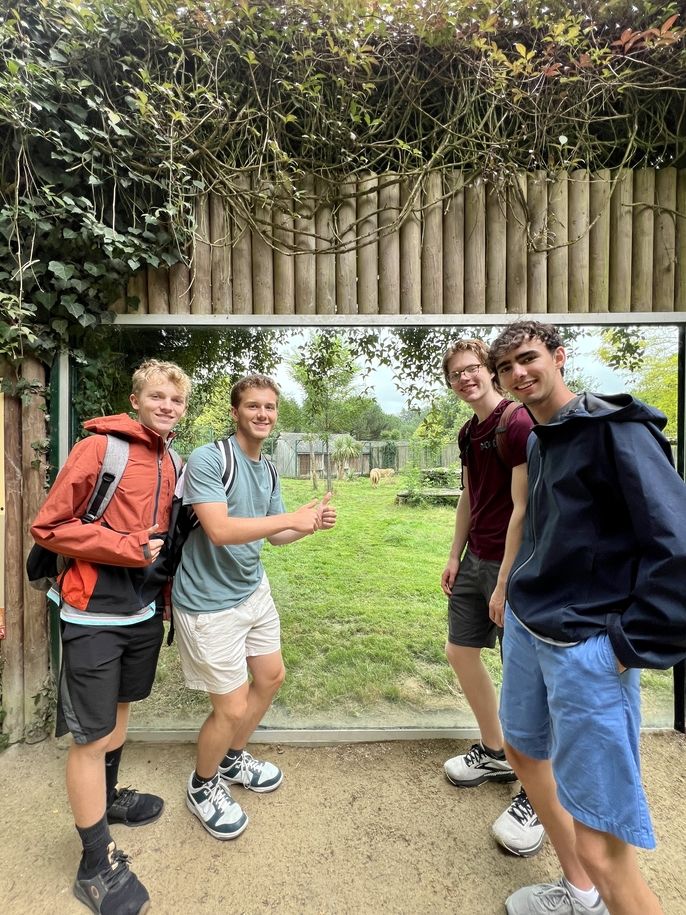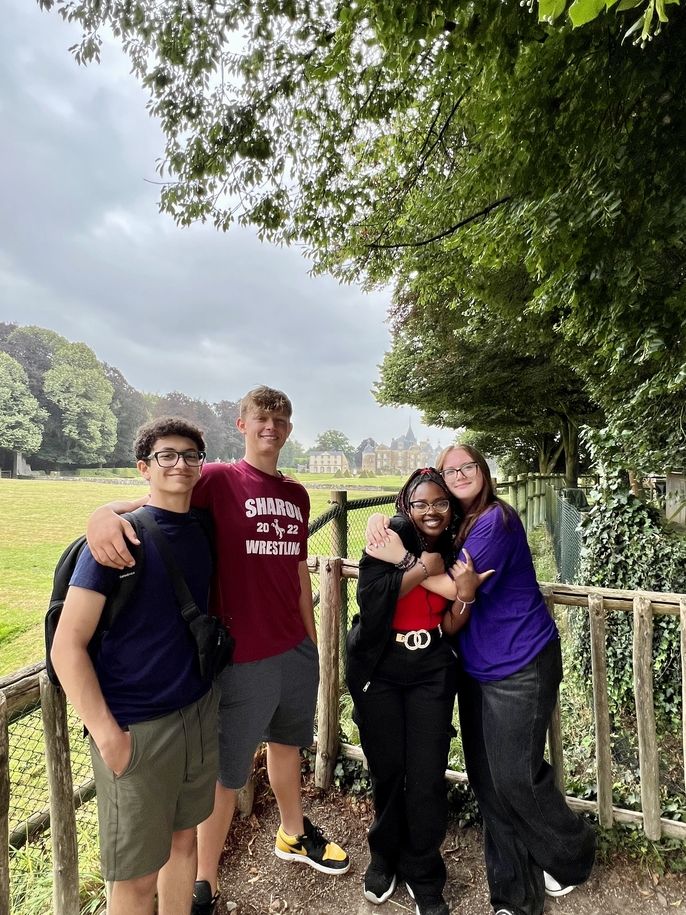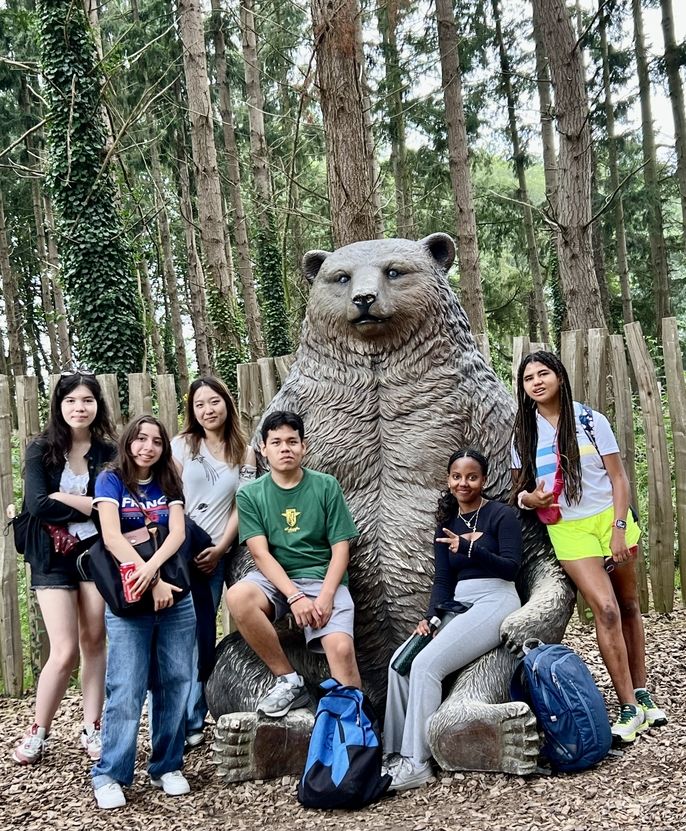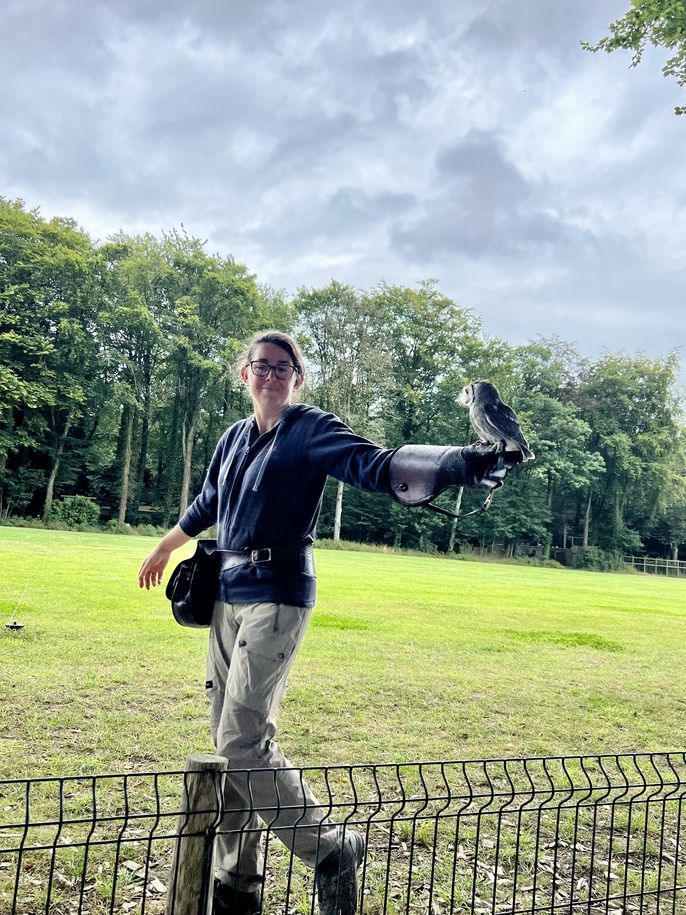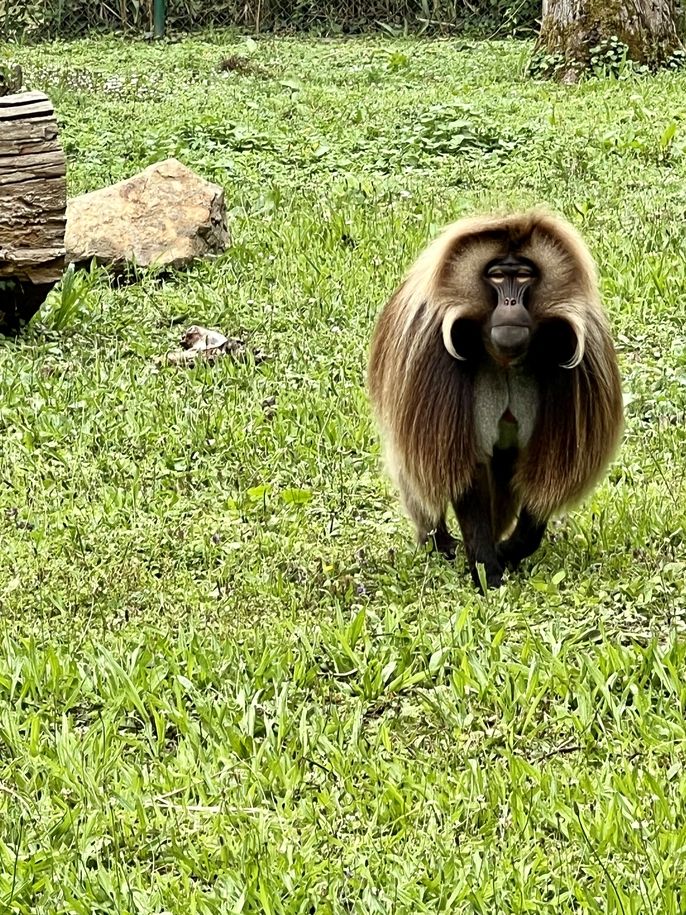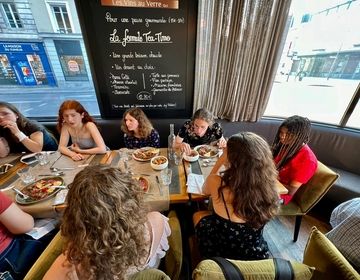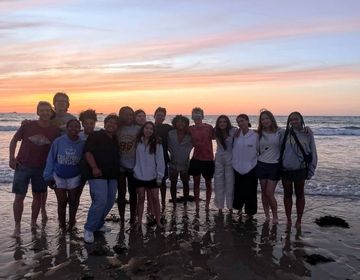Allez au zoo! Discovering Endangered Species Preservation at Parc Bourbansais in Rennes, France
Parc Bourbansais is a park between Rennes and Saint Malo and it’s no ordinary zoo; it’s one of many of the new types of animal parks concerned with the preservation of species in more natural habitats. There are over 400 species (including 60 different types of animals) contained on the property, living in areas based on their habitats in the wild. The park participates in various Programmes d’Élevage Européen or EEPs (European Livestock Programs), which conduct scientific projects for the protection and management of animal populations threatened with extinction in the wild.
Throughout the park, students encountered animals and insects from different parts of the world, such asatèles de Colombie (Colombian spider mites), tamanoirs géants (anteaters), tamarins (tamarins), tigres de Sibérie (Siberian tigers), aras Hyacinthe (Hyacinth macaws), géladas d’Éthiopie (Ethiopian geladas), les loutres (otters), Le vison d'Europe (Mink), who is one of the most threatened mammals in Europe, classified as “Critically Endangered” by the IUCN (its population has decreased by 90% in a century.
There are specific educational shows throughout the day, such as watching the feedings of giraffes, Le tour de monde en 80 oiseaux (Around the world with 80 birds), in which spectators get to watch these different species of birds hunt and catch prey in real time, Des chiens et des hommes (Dogs and Men), which demonstrates all the ways in which canines and humans have devleloped deep relationships that span history into modern day. The informative talks and engaging displays provide a deeper understanding of the animal kingdom and the importance of preserving it.
Students had a great time learning about the animals and projects conducted around the park, deepening their understanding of the world we live in and what we can each do to help contribute to its preservation and stability.
Related Posts
A Delicious Farewell
Last night, the Honors Program celebrated the end of a wonderful month at the Brasserie de la Paix in Rennes. Students enjoyed a delicious three course meal, with French specialties... keep reading
On fait du kayak! Enjoying Rennes via Water
When the sun is blazing and the temperatures rise, there's nothing more refreshing than spending time on or near water. Our students had the perfect opportunity to cool off and... keep reading
Explorons la Bretagne!
One of the highlights of this program for many students are the various excursions offered during their month in Rennes. Last weekend, we explored St-Malo and the surrounding region. Today... keep reading

